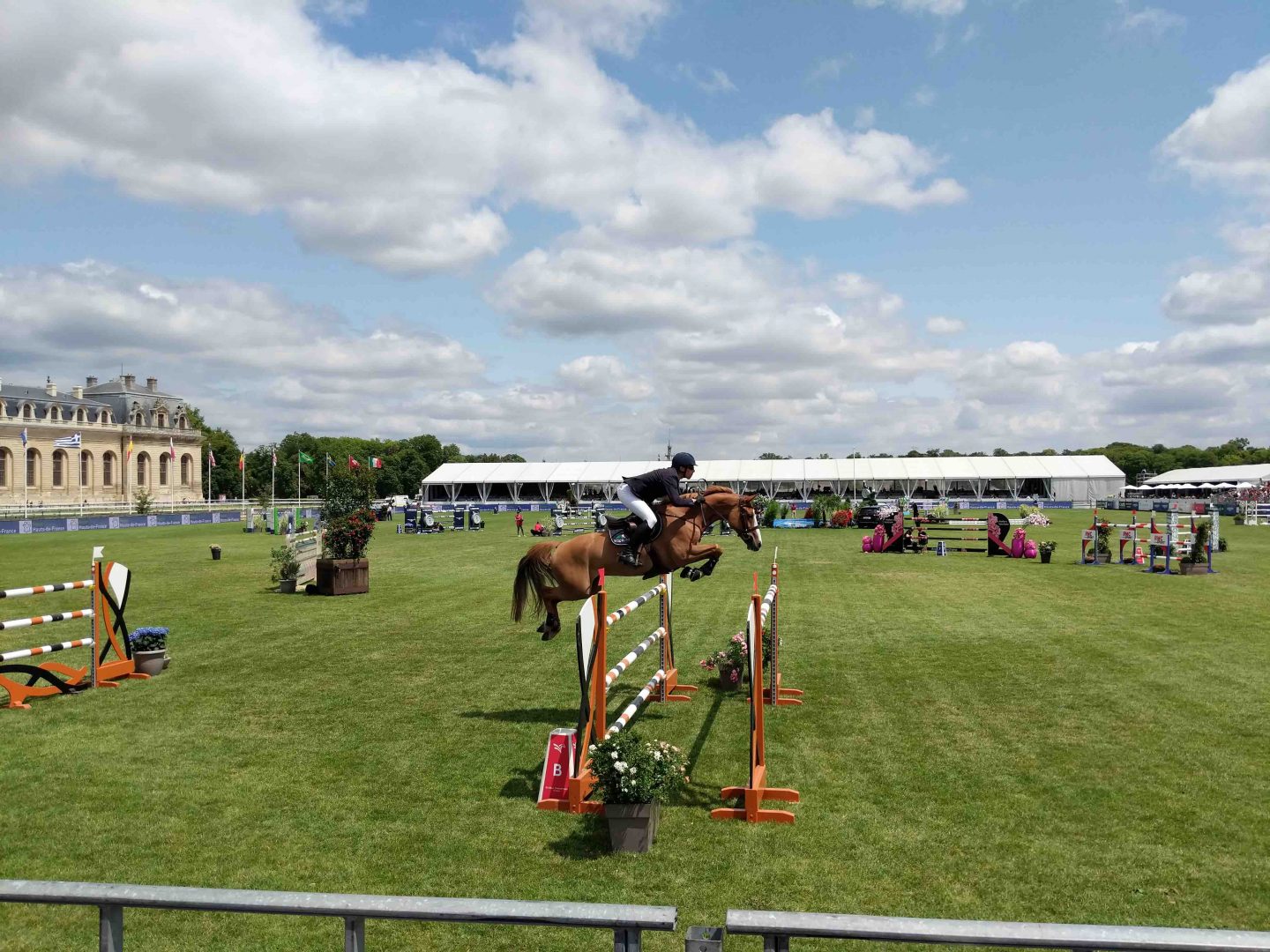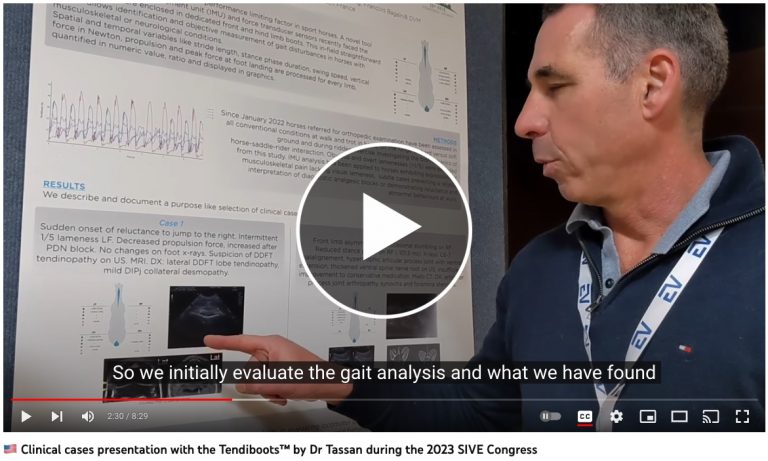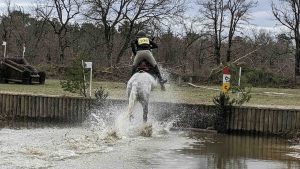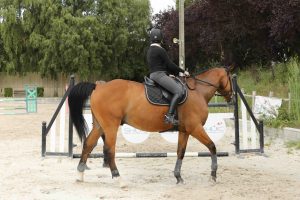
During the annual congress bringing together Italian equine veterinarians, Dr. Stefano Tassan, equipped with the connected boots, was able to share certain cases of sport horses showing performance drops.
A look back at the locomotion monitoring of the athlete horse with the Tendiboots™ tool!
Unexplained refusals at the obstacle
"We had a very interesting case of a show jumping mare", shares Dr. Tassan.
"She suddenly became very reluctant to put herself forward, to agree to gallop on the right foot, to turn and jump to the right hand. She began to multiply the refusals at the obstacle, to worry about the fences and to step back unusually.
In dynamics we only observed a very very mild lameness, graded ⅕ in right turns.
With the use of the Tendiboots™, we could see that the data indicated a more propulsive force on the right forelimb.
When we achieved anesthesia of this limb, the level of propulsion of the limb continued to decrease until it reached a level of propulsion almost equal to the left forelimb."
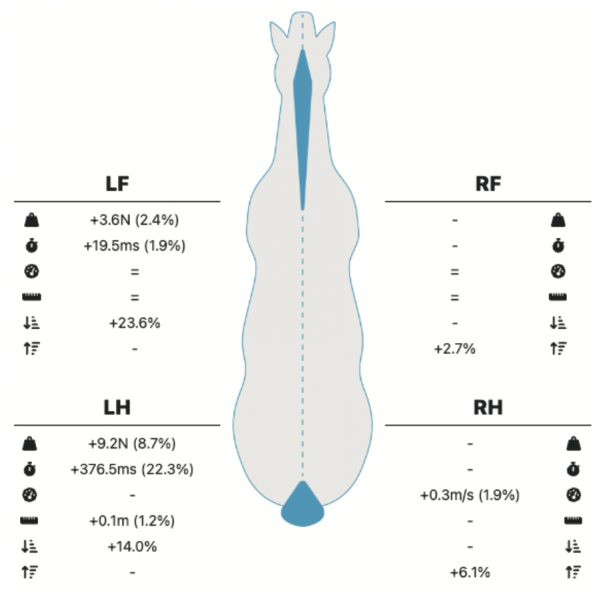
"Following these findings, we considered that the anesthesia was positive and performed a complete radiographic assessment.
No significant abnormality was noted at this time expect a doubt on a slight deformation on the DDFT of the right forelimb."
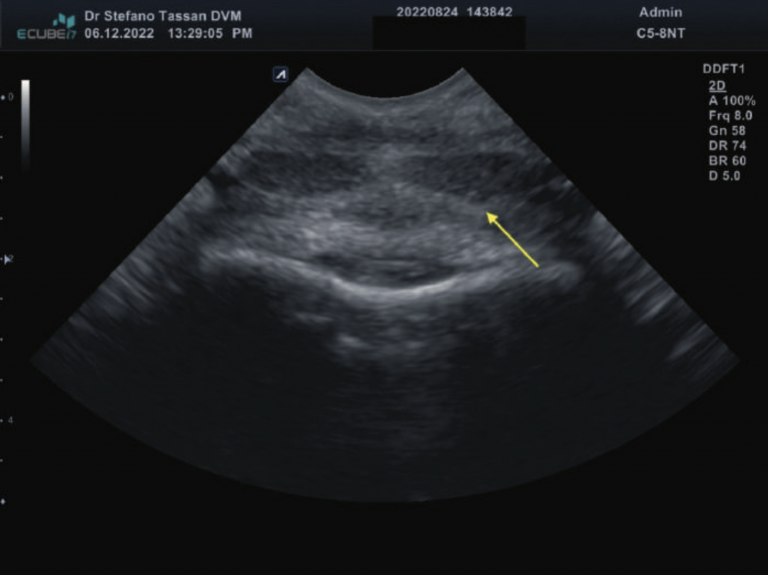
"The mare was referred for an MRI and a DDFT lesion on the right forelimb was confirmed.
But the examination also revealed an injury to the right of the collateral ligament of the distal interphalangeal joint. It was this information especially that confirmed our observations of the mare's difficulties in moving on her right side and justified the pain she was showing."
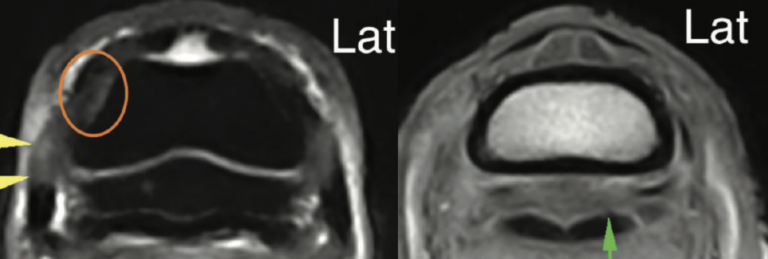
MRI : Courtesy of Prof. D. Zani @ UNIMI
Help in understanding neuropathic disorders in horses
"Another very interesting case that we had where we believe that locomotion analysis is truly beneficial and helpful in understanding and detecting neuropathic disorders.
Indeed, it may be difficult to understand and objectify this type of problem without a device or objective data.
The case we have was a young horse of 4 or 5 years old, who could stiffen in his neck and start to stumble only when he was mounted. I specify, this behavior was observed only in the presence of the rider.
We decided to examine the horse with the help of the Tendiboots™ system and the data revealed an increased duration of the stance phase.
This parameter concerning the duration of the stance phase, is described in many articles as a gait anomaly when it is important.
When horses are suffering from neuropathies or any type of neurological disease, the duration of the stance phases is generally increased. This is what has been observed in numerous scientific works dealing with these subjects.
With this important information, we therefore took x-rays of the neckline and detected a misalignment cervical C6 and C7, a very hypertrophied vertebra with ventral extension. In addition to examining the joints we also scanned the nerve root. This made it possible to detect an increase in its size and to correlate this information with a local radiculopathy at the level of C6/C7."
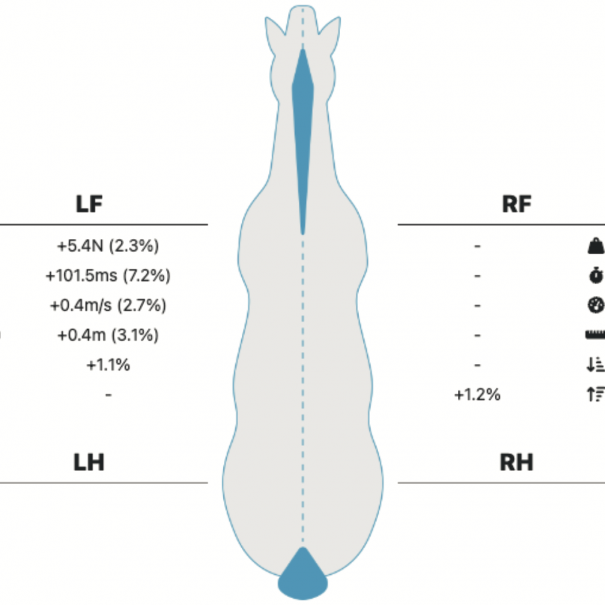
"An injection was performed at this joint and the nerve roots as well.
An improvement was observed but the signs then reappeared. It was therefore decided to refer the horse in order to perform a standing scan of the neck. This was coupled with a myelography and a myeloscanner, which definitively confirmed our clinical results: the compression of the nerve root, the abnormal enlargement of the articular vertebra and radiculopathy, neuropathy."
The use of the Tendiboots™ technology by Dr. Stefano Tassan
"We have been using this system for over a year. We have had a learning curve to improve our understanding of the system. It is really simple to use and very easy. You have all the data on your smartphone."
"We mainly use the system on subtle lameness, when we say to ourselves, or the owner reports to us, "I don't feel the horse well". These are lamenesses that we consider small, like ⅕.
The system is useful to improve our accuracy and consistency when using nerve blocks on very mild lameness We do not consider necessary to use this system on obvious lameness despite it being very quick to use.
To sum up, we are really happy to use this system. Customers sometimes ask us for themselves to follow their horses, their evolution and improvements after an injury for example.
We use it particularly in the context of complex injuries, where it is not possible to repeat certain treatments such as MRI every time."
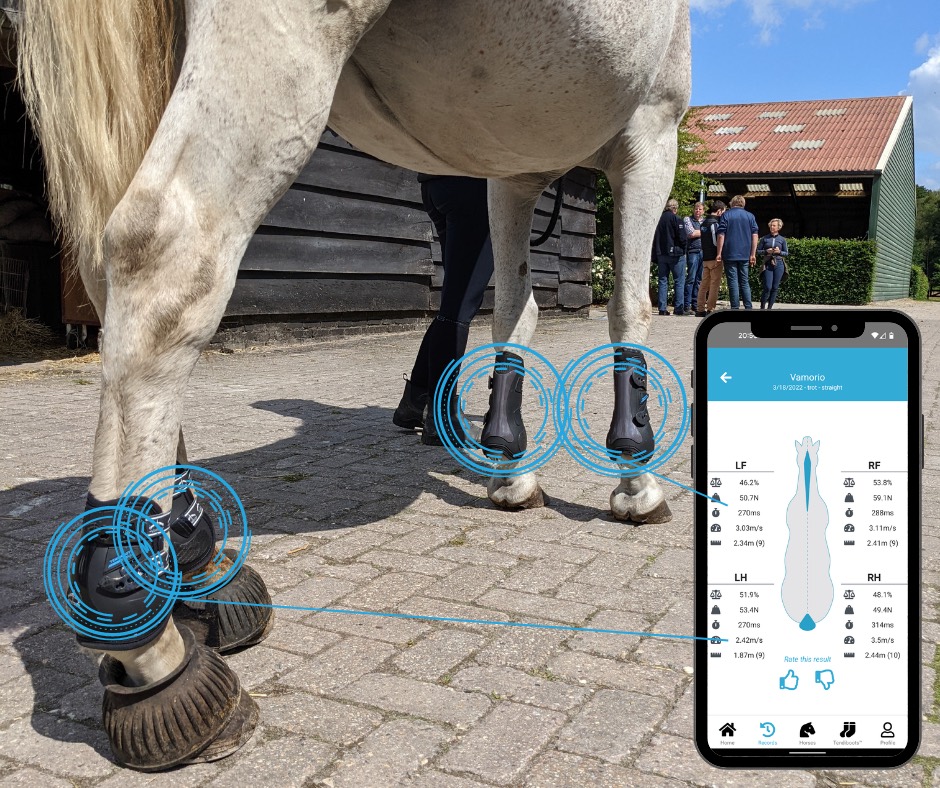
"With the Tendiboots™ we re-evaluate the horse throughout its recovery and rehabilitation process. If the horse's data is good, this information is an additional indicators to guide the horses' return to exercise, approximately every month. As long as the condition of the horses in rehabilitation is stable, we increase the efforts step by step."

